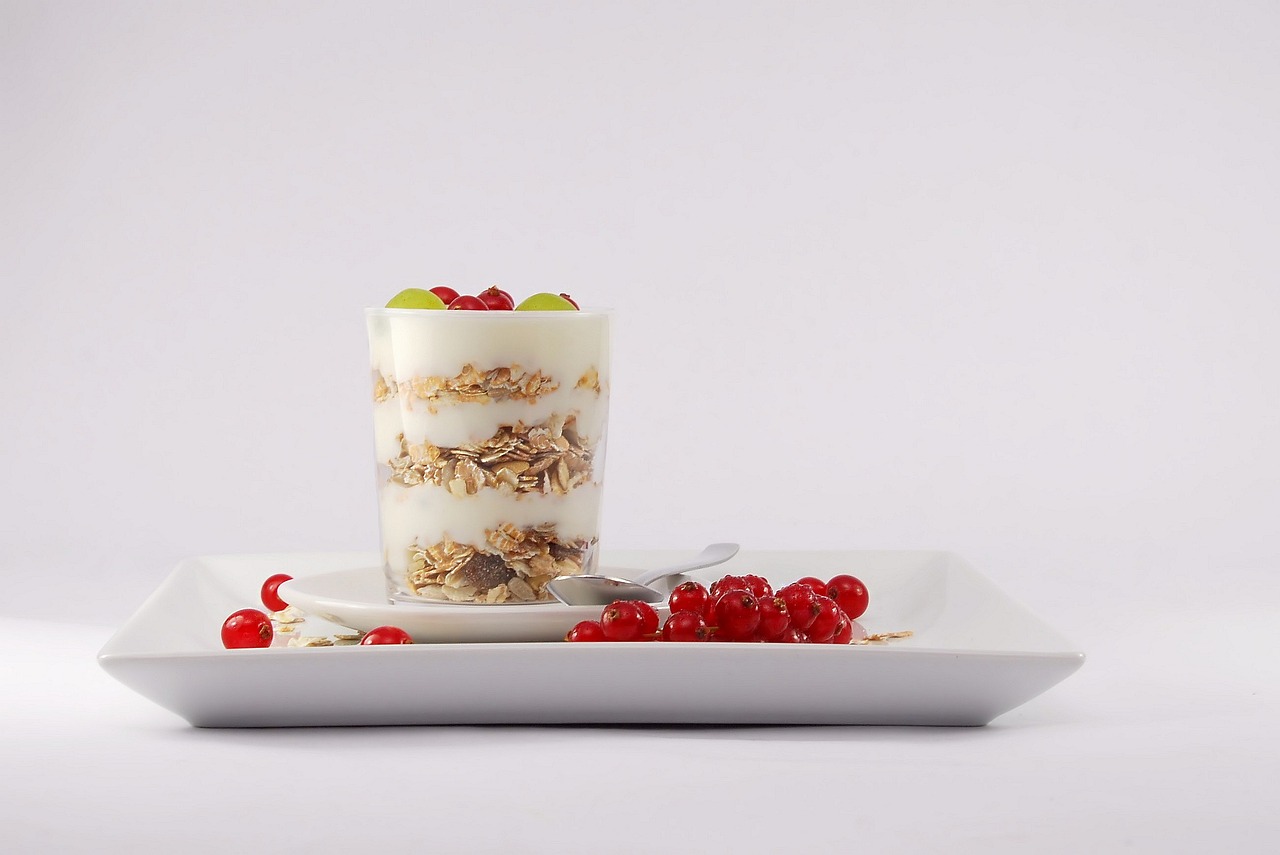“`html
Nutrient-dense foods are the cornerstone of a healthy diet, offering a wealth of vitamins, minerals, and other essential nutrients while being lower in calories. As more people discover the importance of nutrition in their daily lives, understanding nutrient-dense foods becomes critical. These foods not only enhance overall health but also help in maintaining optimal weight, boosting energy levels, and reducing the risk of chronic diseases. In this blog post, we will explore what nutrient-dense foods are, their benefits, sources, tips for incorporating them into your diet, and more.
What Are Nutrient-Dense Foods?
Nutrient-dense foods are those that are rich in vitamins, minerals, and other beneficial nutrients relative to their calorie content. Unlike calorie-dense foods, which may be high in sugar or unhealthy fats, nutrient-dense options provide more health benefits. This means you can consume fewer calories while still meeting your nutritional needs.
Characteristics of Nutrient-Dense Foods
- High in vitamins and minerals
- Low in added sugars and unhealthy fats
- Rich in fiber
- Includes whole, unprocessed foods
Benefits of Nutrient-Dense Foods
Incorporating nutrient-dense foods into your diet comes with numerous benefits:
- Weight Management: They help you feel full longer, reducing the urge to snack on unhealthy foods.
- Improved Energy Levels: Nutrient-dense foods provide the necessary fuel for your body, keeping energy levels stable throughout the day.
- Reduced Risk of Chronic Diseases: Diets rich in nutrients can lower the risk of heart disease, diabetes, and certain cancers.
- Enhanced Immune Function: A diet high in vitamins and antioxidants supports a robust immune system.
Sources of Nutrient-Dense Foods
When looking to fill your plate with nutrient-dense foods, consider the following categories:
Fruits and Vegetables
- Leafy greens (spinach, kale)
- Cruciferous vegetables (broccoli, Brussels sprouts)
- Berries (blueberries, strawberries)
- Citrus fruits (oranges, grapefruits)
Whole Grains
- Quinoa
- Brown rice
- Oats
- Whole wheat bread
Lean Proteins
- Skinless poultry
- Fish (salmon, sardines)
- Legumes (lentils, chickpeas)
- Tofu and tempeh
Nuts and Seeds
- Almonds
- Chia seeds
- Flaxseeds
- Walnuts
Tips for Incorporating Nutrient-Dense Foods into Your Diet
Making nutrient-dense foods a staple in your diet doesn’t have to be challenging. Here are some practical tips:
- Meal Prep: Plan and prepare meals ahead of time to include a variety of nutrient-dense foods.
- Snack Wisely: Swap out chips and sweets for fruits, nuts, or yogurt.
- Balance Your Plate: Aim to fill half of your plate with fruits and vegetables at each meal.
- Experiment with Recipes: Try incorporating new fruits, vegetables, and whole grains into your favorite dishes.
Examples of Nutrient-Dense Meals
- Breakfast: Overnight oats topped with berries and chia seeds.
- Lunch: A quinoa salad with spinach, cherry tomatoes, and grilled chicken.
- Dinner: Baked salmon served with steamed broccoli and sweet potatoes.
Conclusion
Embracing nutrient-dense foods can significantly impact your health and well-being. By prioritizing whole, unprocessed foods rich in essential nutrients, you not only nourish your body but also reduce the risk of chronic diseases. With practical tips and a variety of sources to choose from, transforming your diet to include more nutrient-dense options is achievable. Start making small changes today, and you’ll soon experience the myriad benefits these foods have to offer. Remember, making informed dietary choices is a journey, and it begins with understanding the power of nutrient density.
“`






